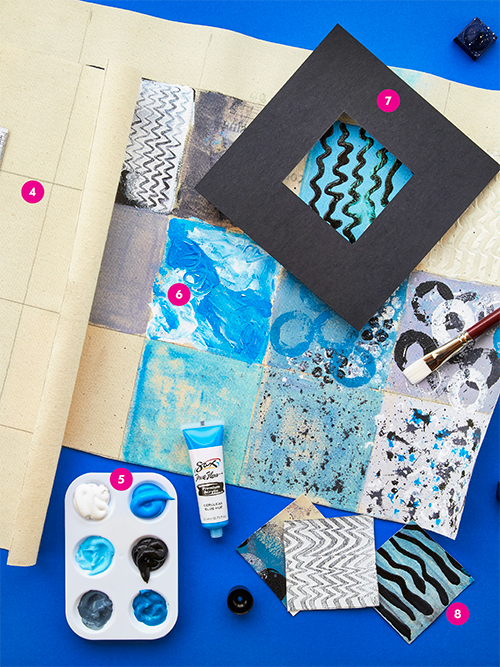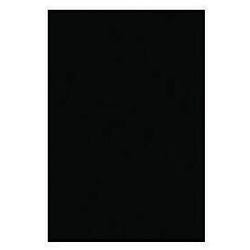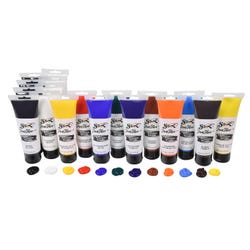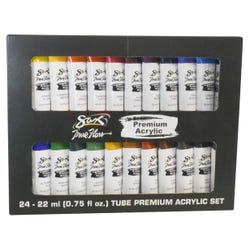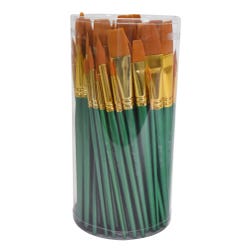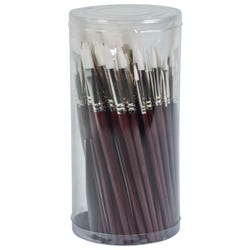Acrylic Technique Sampler

Description
Lesson Plan and Artwork by Mary Reilly
Acrylic paint is a polymer-based paint that has changed our approach to painting. It is one of the most versatile mediums. In this lesson plan, students will explore different types of painting techniques by experimenting with Sax® True Flow® Premium Heavy-Bodied Acrylics. They will create a sampler with the very viscose and heavily pigmented paint.
Objectives
- Students will recognize the principle of radial symmetry and be able to apply it in their own mandala design.
- Students will demonstrate understanding of the various functions of mandalas in different cultures by discussing them in class.
- Create a sampler exhibiting the various techniques they have learned or developed.
Supplies Needed
Sax® Watercolor Paper, 90-Lb., 50-Sheet Pkg., 18" x 24"
Sax® Tracing Paper Pad, 50 Sheet Pad, 9" x 12"
Sax® True Color® Liquid Watercolors, 10-Color Set, 8-Oz.
Art Utility Cups, Pack of 125, 3.25 oz.
School Smart® Plastic Paint Palette, Pkg. of 12, 10-Well
Things You May Also Need:
Plastic containers for water
Fredrix® Natural Cotton Canvas Roll, 30 in x 3 yds
School Smart® Black Bristol Board, 9x12, 100 sheets, Black
Chromacryl® Texture Paste, 8 oz
Standards
Standard #1: Generate and conceptualize artistic ideas and work.
Standard #2: Organize and develop artistic ideas and work.
Standard #4: Select, analyze and interpret artistic work for presentation.
Standard #9: Apply criteria to evaluate artistic work.
Instructions
1
Cut enough sheets of the watercolor paper into quarters (9" x 12") so that each student has a piece.
2
Give each student a 9" x 12" tracing paper. Fold it in half the length of the paper and in half the width of the paper. There will be four equal sections, each 4.5" x 6". The point where the fold lines cross will be the center of the design. The same design will be repeated in each of the four quarters as described below.
3
Cut enough tracing paper sheets into quarters (4 .5" x 6") so that each student has a quarter sheet as well as the 9" x 12" sheet.
4
On the smaller piece of tracing paper, mark the bottom left corner with a red dot. This is your center point. Mark the bottom right corner with an "A". Mark the top left corner with a "B". See diagram #1.
5
Using organic or geometric shapes, draw a design that originates from and is connected to the bottom left corner.
6
Paperclip the design behind the top right corner of the large tracing paper and trace. Flip the design down, match up center points and "A"s and trace on the bottom right quadrant. Flip the design over to the left and match up center points and "B"s and trace in the bottom left quadrant of the large paper. Flip the design up, match center points and "A"s and trace in the top left quadrant.
7
Go over the lines on the large design with a dark colored Sharpie®. marker on one side of the tracing paper. See diagram #2
8
Cover the side of the tracing paper without the marker lines with a coating of pencil (graphite).
9
Display and critique work.
